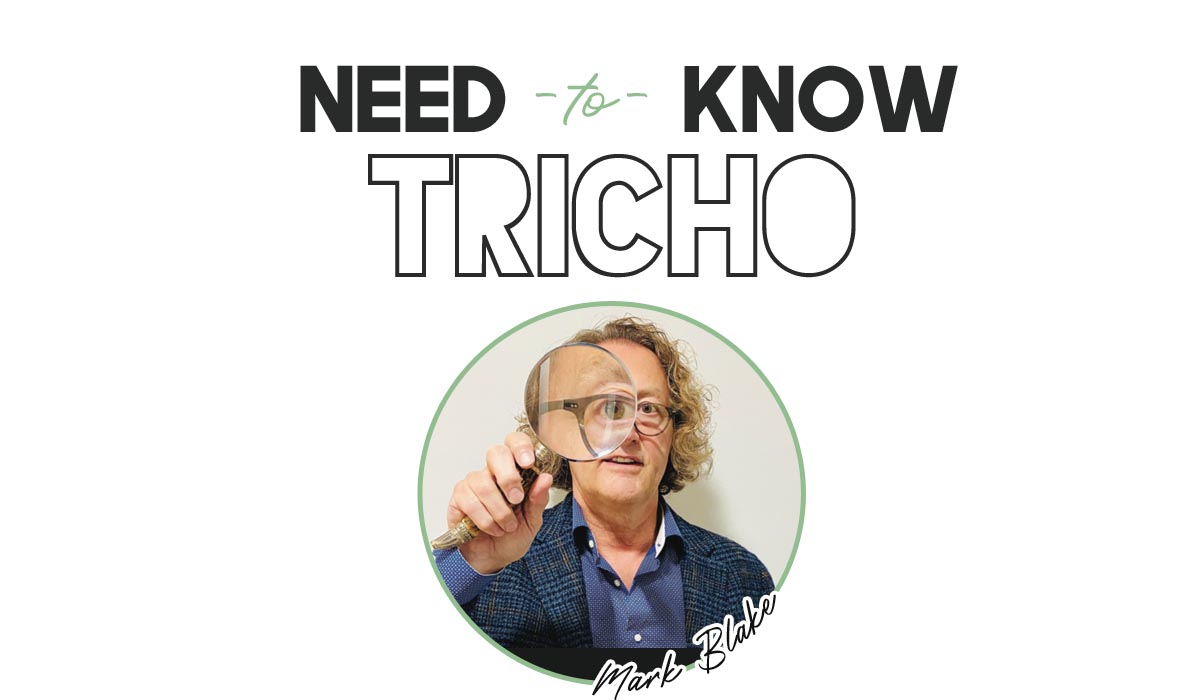CAN ANYONE HAVE A HAIR TRANSPLANT?
Whilst transplants are suitable for most people, they cannot be offered to patients with traditional alopecia or scarring alopecia. The process is also dependant on the amount of donor hair available as there is only so much hair to share around the head.
IF SOMEONE HAS NO HAIR, CAN THEY HAVE A TRANSPLANT?
No. You cannot use any hair other than your own for a transplant because the body will reject it. In this case, it’s best to have scalp micropigmentation instead.
CAN YOU EXPLAIN THE PROCEDURE?
Clinics will often use fancy terms to sound like they are doing something different, but there are essentially two different techniques used for hair transplants: FUT and FUE. The extraction process is different, but the planting of the grafts back into the scalp is the same for both procedures.
FUT – FOLLICULAR UNIT TRANSPLANTATION
Often referred to as the strip technique, a narrow strip of scalp from the donor area is extracted. Using a stereo microscope to see the donor hair, it is carefully dissected into follicular units using a scalpel. The surgical wound is closed using sutures or staples and removed around 10 days later. In most cases, this only leaves a pencil line 2-3mm scar.
Benefits of FUT:
- Large graft numbers can be extracted from the best quality area and the hair is less likely to thin later in life.
- Large bald areas can be covered in one session.
- Hair doesn’t need shaving at donor area.
FUE–FOLLICULAR UNIT EXTRACTION
Follicular units are extracted from the donor area using a 0.8mm-1mm punch. The motorised punch makes a circular incision around the chosen hair, groups of hair follicles are then pulled from the scalp. This is referred to as harvested hair.
Benefits of FUE:
- Shorter post-operative healing and recovery time than the FUT method
- No scalpel, suture or staples.
- No need to surgically remove a strip off the scalp.
- This is the least painful procedure.
- No linear scars so hair can be worn very short.
- Minimal risk of damage to occipital or temporal blood vessels.
IN BASIC TERMS, WHAT ACTUALLY HAPPENS?
Hair is taken from the occipital area when it is transplanted to its new location. It keeps its original characteristics, finds its new blood supply and grows happily from then on – there is no chance of rejection as this is your own tissue and cells. The new holes are made using mini incisions in the recipient’s scalp, before the tiny follicular unit grafts are carefully placed. The blood clots around the new grafts act as a type of surgical adhesive until the grafts can find their own blood supply.
HOW LONG DOES A TRANSPLANT TAKE?
Hair transplants can take between 4-8 hours.
WHEN DOES HAIR START TO GROW?
0-3 months: The first three months following a hair transplant are known as the ‘dormant shock’ phase. The hair won’t grow yet, it will fall out as the transplanted follicles start to shed.
4-6 months: The transplanted hair starts to grow. It may look thin and curly. Transplanted areas will remain patchy as follicles all have different stages of their growth cycles.
6-8 months: Fast growth starts happening. Hair fills in where it’s been transplanted and a big difference can be seen.
8-12 months: By the end of the year, the hair should have reached the ‘mature’ stage of growth. The transplanted hair will grow thicker and at a normal rate of 1-2 cm per month.
WHAT ARE YOUR THOUGHTS ON TRAVELLING OVERSEAS FOR A HAIR TRANSPLANT?
The ‘Turkey teeth’ and hair transplant market has exploded. I see good hair transplants from Turkey, but I also see some complete disasters, so you must do your research. Advise your clients that they must not choose their surgeon based on a great-looking website. Unlike the UK, many hair transplant clinics abroad are not regulated by the CQC (Care Quality Commission). Check whether the surgeon is a member of ISHRS (International Society of Hair Restoration Surgeons), or an equivalent regulated governing body.
For related articles, click here





